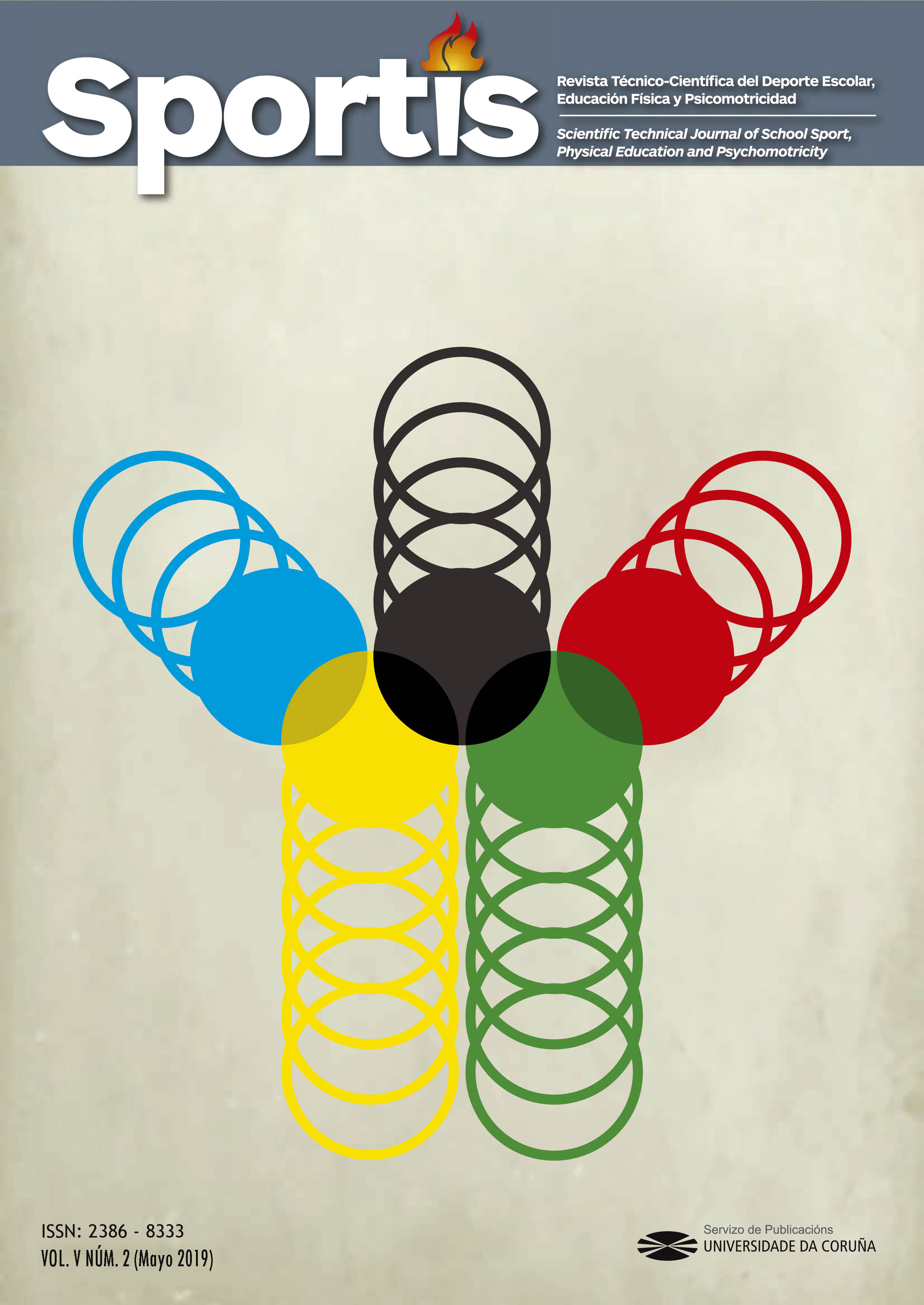Optimising martial arts training by using gymnastics exercises
Main Article Content
Abstract
Engaging in high-performance competitions (World Combat Games, World Championships, European and/or Balkan Championships) has made it necessary for the martial technique to have the benefit of knowledge from other sports disciplines as well, particularly gymnastics, acrobatic and artistic gymnastics, in order to give greater weight to competition artistic programmes which, throughout the world, reach degrees of complexity that had not been encountered until a few years ago.
The research objectives from our study aims to are to elaborate a concise and efficient material on the factors that have led to the achievement of the performance presented in the preamble of the paper.
We believe that the judicious combination of Ju-jitsu technical elements and artistic and rhythmic gymnastics elements may decisively contribute to achieving exceptional performances and consolidating motor skills and competences. We shall thus venture to say that the differences between the two groups rise from the implementation of superior Ju-jitsu techniques and acrobatic and artistic gymnastics elements.The training period, the development and completion of the experimental programme, have allowed us to confirm the elaborated hypothesis and achieve remarkable performances. Finally, we are convinced that our study will be useful to the vast majority of martial arts specialists who approach the Duo Show system and not only, thus leading to the increase of sports performance and diversification of training methods.
Keywords:
Downloads
Article Details
References
Badau, D, Bilgehan, B., Badau, A. (2018). Differences among Three Measures of Reaction Time Based on Hand Laterality in Individual Sports, Sports, 6(2), 45. https://doi.org/10.3390/sports6020045
Burton, L. & Brigham, H. (2013). Proprioceptive neuromuscular facilitation: the foundation of functional training. www.functionalmovement.com/articles/Screening
Carriedo, A., (2019). Satisfaction, Learning, and Perceptions of elementary students about Grappling Combat Sports, Sportis. Scientific Technical Journal of School Sport, Physical Education and Psychomotricity, p.133, Vol. V., no.1, Spain. https://doi.org/10.17979/sportis.2017.3.1.1726
Castro-Sánchez, M., Zurita-Ortega, F., Chacón-Cuberos, R., (2018). Emotional intelligence in athletes according to sex, age and sports modality practiced, Sportis. Scientific Technical Journal of School Sport, Physical Education and Psychomotricity, Vol.IV., no.2. https://doi.org/10.17979/sportis.2017.3.1.1726
Chera, B., Plastoi C. (2016). Manifestation of multiple intelligences in junior athletes practicing judo and fencing, IJAR, pag. 494, India.
Chera- Ferrario,. B., (2013). Elementary notions of artistic and acrobatique gymnastics, Bucharest, Publishing House ”Universitara”.
Galan, D., (2017). The reflex act in Ju-jitsu, Cluj-Napoca, Publishihg House Risoprint.
Galan, D., (2017). Judo – Universitary course, Cluj-Napoca, Publishing House Risoprint.
Hung, Y. & Miller, J. (2016). Extrinsic visual feedback and additional cognitive/physical demands affect single limb balance control in individuals with ankle instability, World J Orthop, 7, 801–807. https://doi.org/10.5312/wjo.v7.i12.801
Huxhold, O., Li, S. C., Schmiedek, F., Lindenberger, U. (2006). Dual-tasking postural control: aging and the effects of cognitive demand in conjunction with focus of attention, Brain Res Bull, 69, 294–305. https://doi.org/10.1016/j.brainresbull.2006.01.002
Macovei, S., Buţu, O., (2007), Metodica predării gimnasticii ritmice în şcoală- book, Romania.
Laborde, S., Dosseville, F., Guillén, F., Chávez, E. (2014). Validity of the trait emotional intelligence questionnaire in sports and its links with performance satisfaction, Psychology of Sport and Exercise, 15, 481-490. https://doi.org/10.1016/j.psychsport.2014.05.001
Popescu-Bradiceni, I.,Plastoi, C., (2014). The technique that is specified for swimming, gymnastics and handball game, hermeneutically transposed, GIDNI 2, WoS.
Popescu-Bradiceni, I., Plastoi, C.D. (2014). Synchronization and the performance sports model subjected to the philosophical interference, GIDNI 2, WoS.
Plastoi, C. (2018). Corporal expression as a form of manifesting education of the individual, Annals of Letter and Social Sciences, No. 1/2018. Romania.
Savu, C.F., & Pehoiu, C. (2018). Developing Force by Means of Basketball in the Physical Education Lesson. Romanian Latter of Multidimensional Education, 10(1), 145-154. https://doi.org/10.18662/rrem/25
Savu, C.F., & Pehoiu, C. (2018). Developing Speed by Means of Volleyball in Physical Education Lessons in the Gymnasium Cycle. Romanien Letter for Multidimensional Education, 10(1), 136-144. https://doi.org/10.18662/rrem/24






